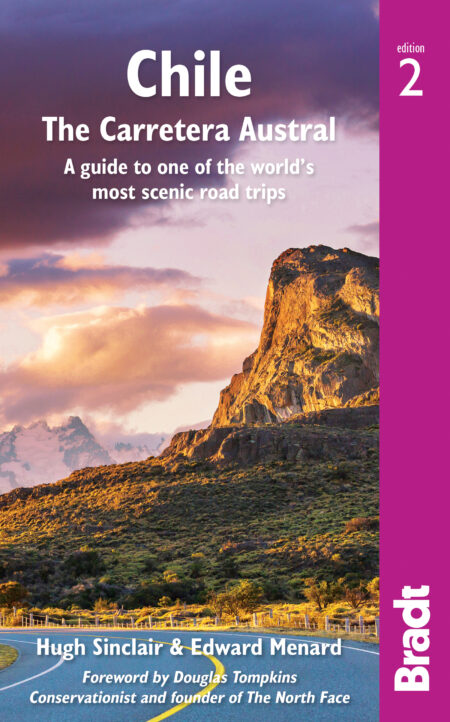The ‘best road trip in the world’ is an oft-heard claim, but in the case of the Carretera Austral it is well and truly justified. From the subtropical jungles south of Puerto Montt to glaciers of dimensions that defy belief, a new vista emerges with almost every bend along the road. Here are eight reasons why you should make this Chilean paradise your next overland adventure.
To visit the charming village of Cochamó
One of the lesser-known entry points to the Carretera Austral, this delightful village is perched on the edge of the Reloncaví Estuary. It has a pleasant central square and church, and great views when the sun shines.
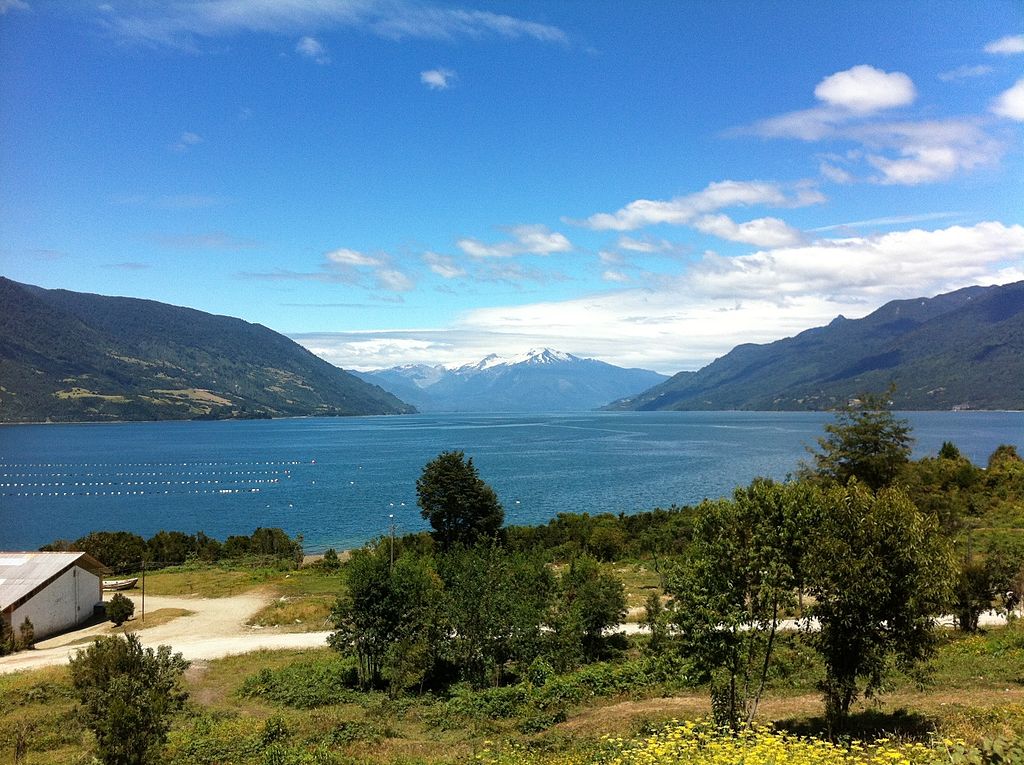
Trekking options abound – the surrounding region, and in particular the interior mountainous section towards the Argentine border, has been christened ‘the Yosemite of Patagonia’ by climbers and hikers alike. Longer treks extend across the border to the Argentine towns of El Bolsón and Bariloche.
To visit the hot springs at Parque Pumalín
If ever there was a reason to visit the northern section of the Carretera Austral, it is Parque Pumalín. US conservationist Doug Tompkins acquired the Reñihué farm in 1991 and over the following years the US foundation The Conservation Land Trust added substantial land to create the park. In 2017, the park was donated in its entirety to the Chilean state and converted to a national park, affording it the highest level of environmental protection in Chile.
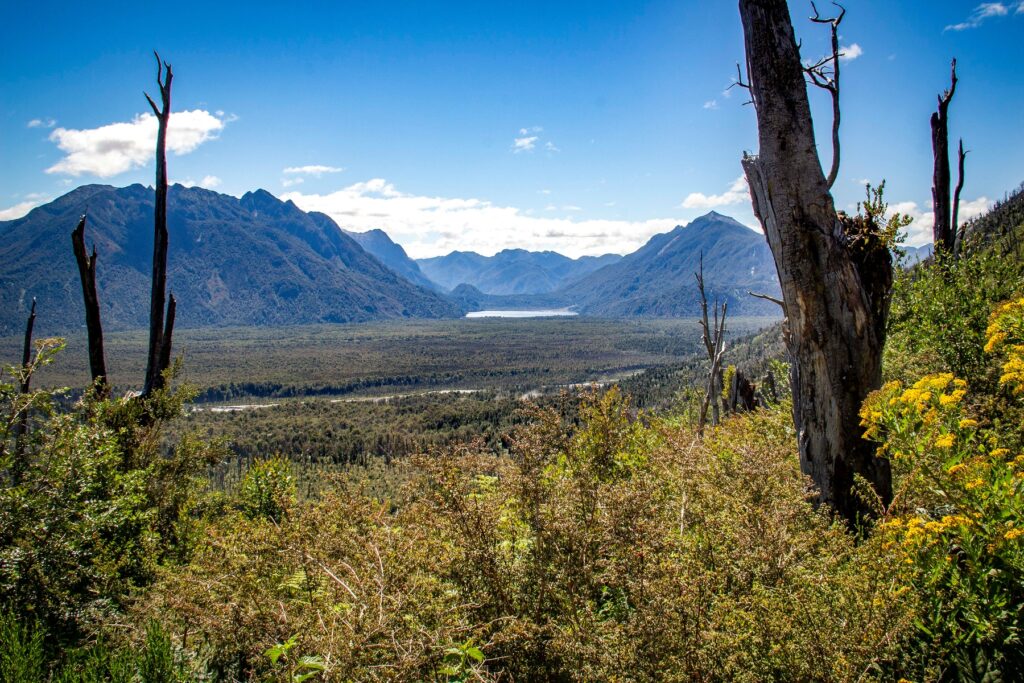
The El Amarillo hot springs, about 5km northeast of the park’s southern entrance, are worth visiting. There are various pools filled with thermal water originating from Volcán Michinmahuida, said to possess healing properties, and undoubtedly containing sulphur. The springs are located among lush vegetation, well beyond the reach of mobile-phone coverage, and with ample picnic areas, a quincho and five barbecues.
To kayak in Futaleufù
Upon arrival it becomes pretty apparent what the main draw to ‘Futa’ is. There are as many kayaks as cars in the town, and every other business is somehow related to kayaking or rafting. The town is surrounded by mountains and retains a frontier feel reminiscent of towns in Alaska.
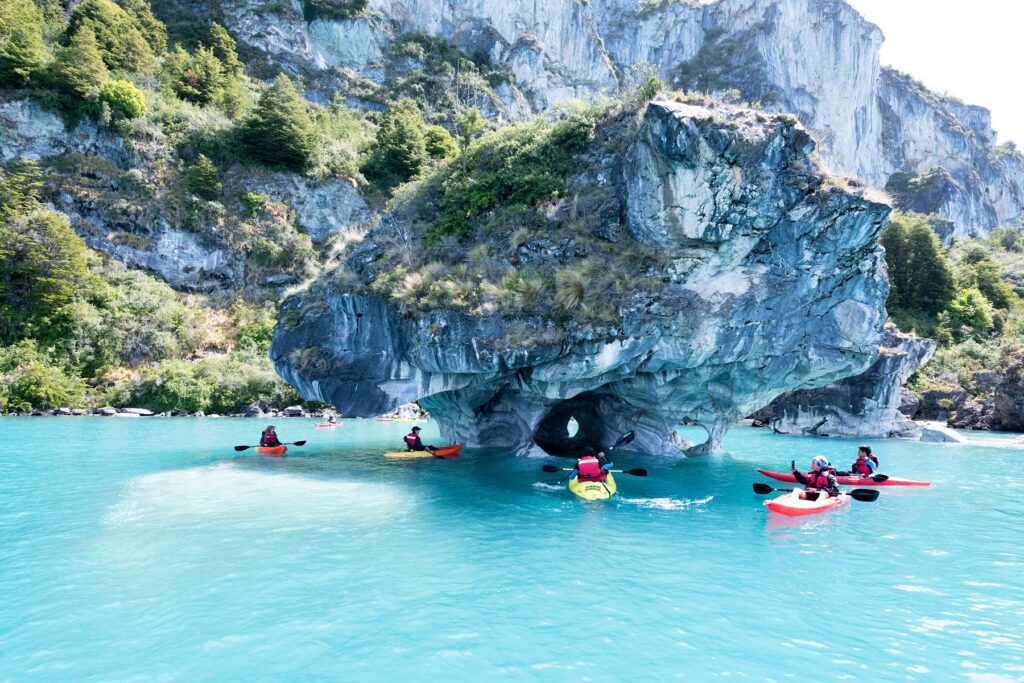
The inhabitants are generally pretty laid-back and, when not in the water, the central plaza is a good place to relax and have a fruit juice. Fly-fishing and trekking are also possible, but the Río Futaleufú is considered one of the top rivers worldwide for rafting, and most visitors come here to dip their toes in the water.
To sunbathe in Raúl Marín Balmaceda
If a visitor to the Carretera Austral has time for only one of the various detours off the main road, this is possibly the most interesting. Founded in 1889, Raúl Marín is the oldest inhabited place in the entire province of Aysén, in part for being an obvious access point for the early settlers from Chiloé.
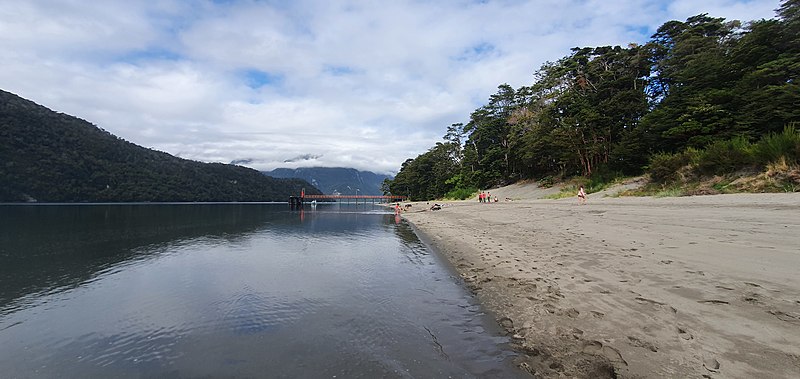
This sleepy village sits on an island surrounded by a fjord, a river and the Pacific Ocean. It has white sandy beaches, great seafood and fantastic sunsets, and is a paradise for those keen on bird and other wildlife-watching, where penguins, cormorants, dolphins and sea lions vastly outnumber people.
To trek the Cerro Castillo mountain range
The Cerro Castillo mountain range is fast becoming one of the key trekking routes in southern Chile, with options for those seeking a gentle stroll to the most experienced climbers.
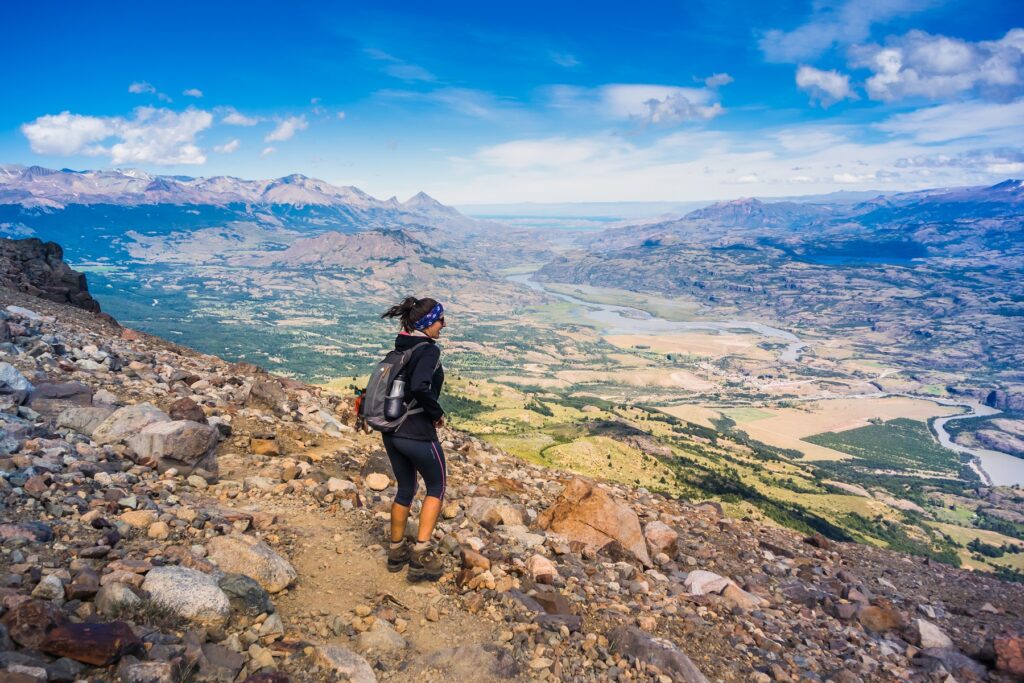
The jagged basalt peaks are the crown jewel of the national reserve, named for the resemblance to the battlements of medieval castles, and reach an altitude of 2,675m. The reserve covers 1,380km² of rugged mountains and roaring trout-filled rivers, waterfalls, hanging glaciers, lagoons and native bush.
To soak up the wonder of the Ventisquero San Rafael
It is almost impossible to visit this region and not see a glacier and San Rafael is one of the more impressive and easily accessed. Boats travel down the Elefantes Canal and then through a relatively narrow channel into the laguna itself, at which point the glacier becomes visible. Initially it appears to be of modest size, until you realise the size of the laguna; from this distance it is possible to see up on to the ice field behind the glacier and appreciate the sheer magnitude of ice.
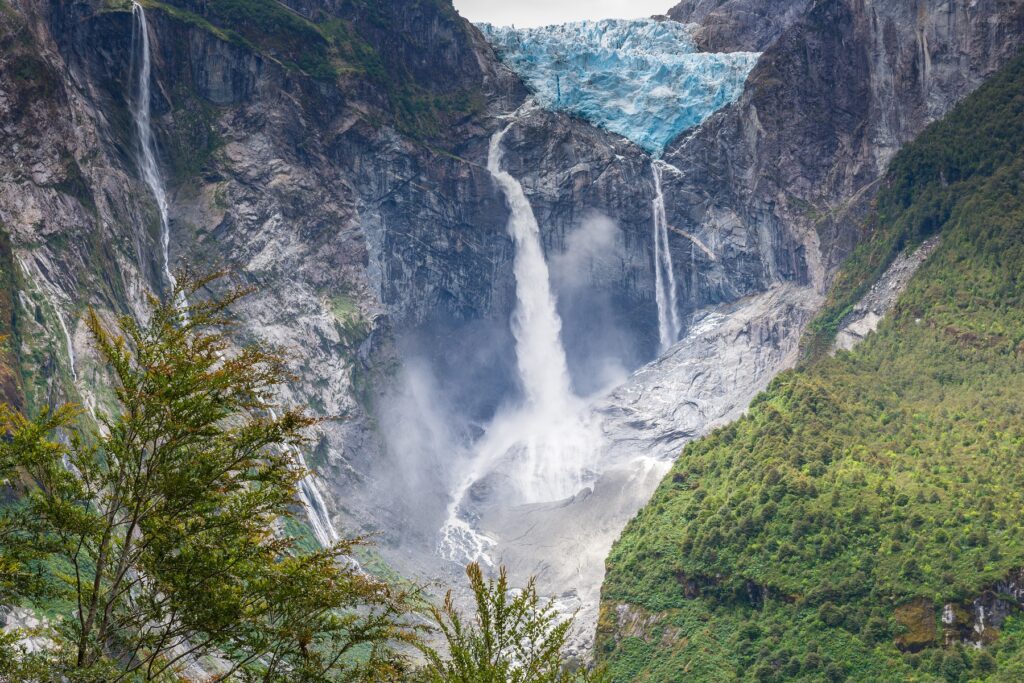
As the boat approaches the snout of the glacier the icebergs become larger, and it is probable that you will see chunks of ice calving off the glacier. The pressure caused by the sheer volume of ice squeezes the air bubbles out of the snow as it is subsumed into the glacier, and because compacted ice better absorbs light at the red end of the spectrum, the light reflected from the glacier appears surprisingly blue
To see the wildlife at Parque Nacional Patagonia
Following the merger of this park with Tamango and Jeinimeni national reserves, this has become one of South America’s leading parks, with abundant wildlife, countless lakes, excellent short and multi- day hikes and stunning scenery.
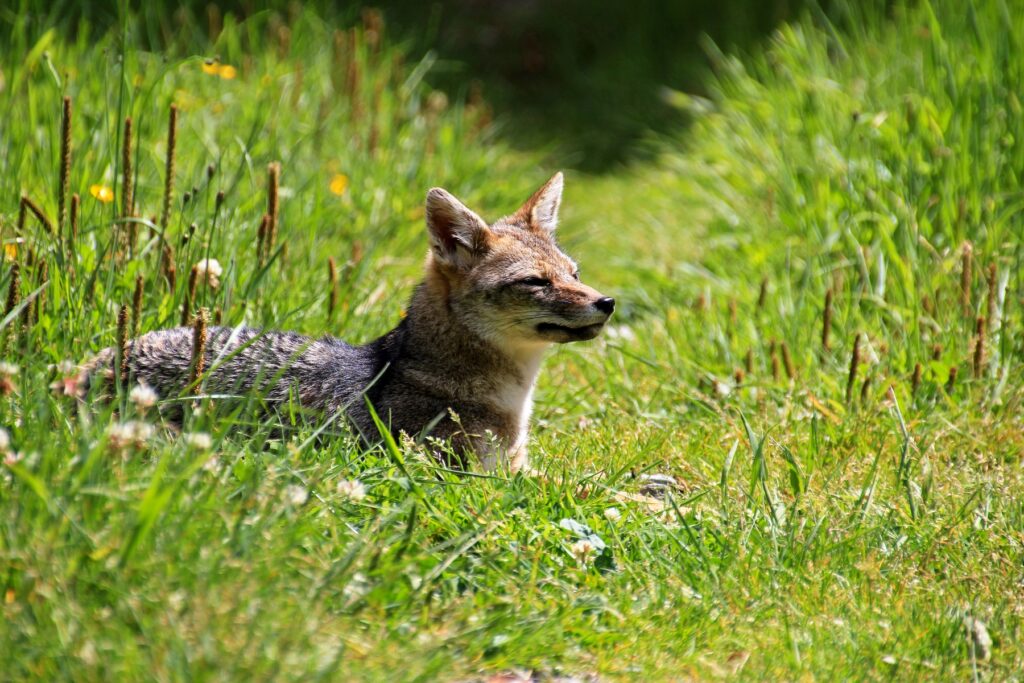
Lakes along the main road through the park are teeming with birds, including flamingos. Guanacos are so abundant as to border on becoming a nuisance! Do not be surprised to wake up in West Winds campsite and find a nosey guanaco sniffing around your tent, and take care driving along the main road. Other fauna include culpeo foxes and the hairy armadillo. Somewhat like a small ostrich, the lesser rhea is also relatively common and can often be seen running in a state of seeming panic with no particular destination in mind.
To experience the Villa O’Higgins border crossing
The end, or beginning, of the Carretera Austral, sandwiched between lakes, glaciers and mountains, the border crossing to El Chaltén in Argentina is one of the lesser-known and yet most iconic crossings on the continent. Being as it is one of the most exciting and unusual border crossings in the Americas, be prepared for delays and plan ahead.
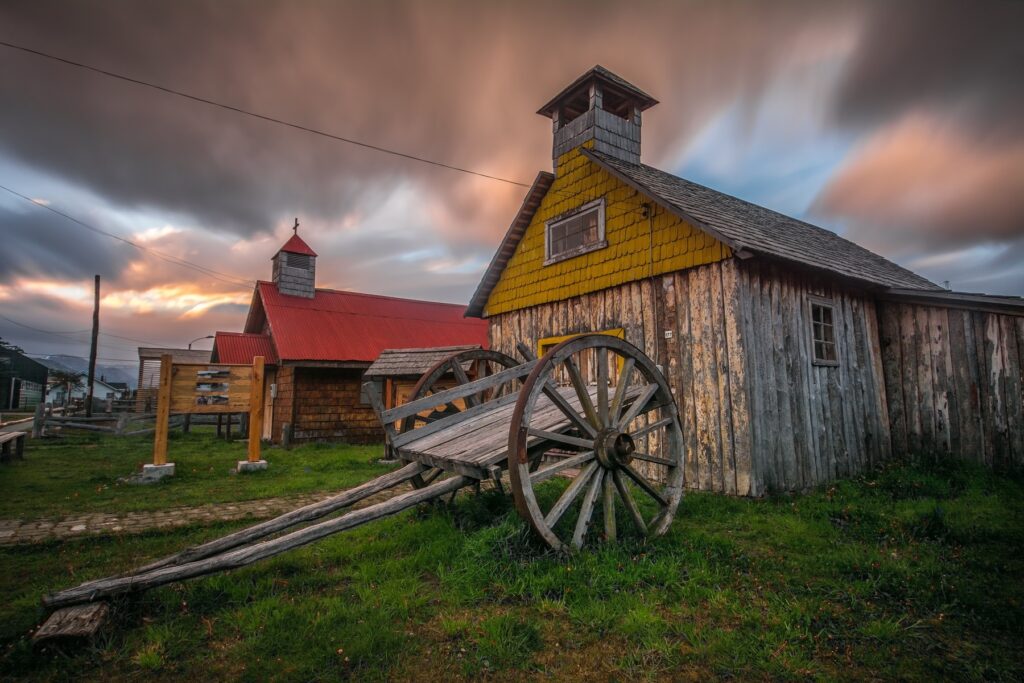
While in the area, the Ventisquero O’Higgins is impressive and remains one of the largest glaciers in the region. For adventurous, independent mountaineers there are some ambitious multi-day hikes skirting the Southern Ice Field. The truly dedicated hiker can even trek from Cochrane to Villa O’Higgins without using either the Carretera Austral or the ferry, but this is a week-long, remote trek and not for the faint-hearted!
More information
For more information, check out Hugh Sinclair’s guide.
